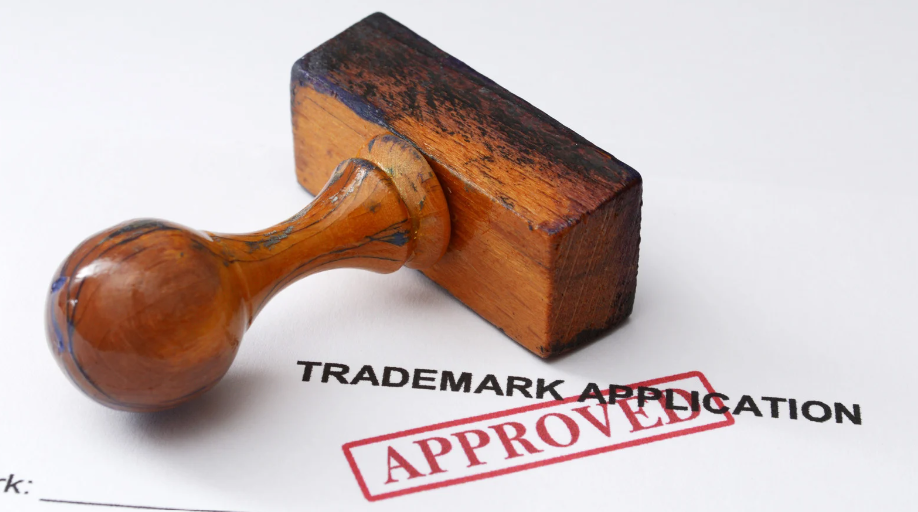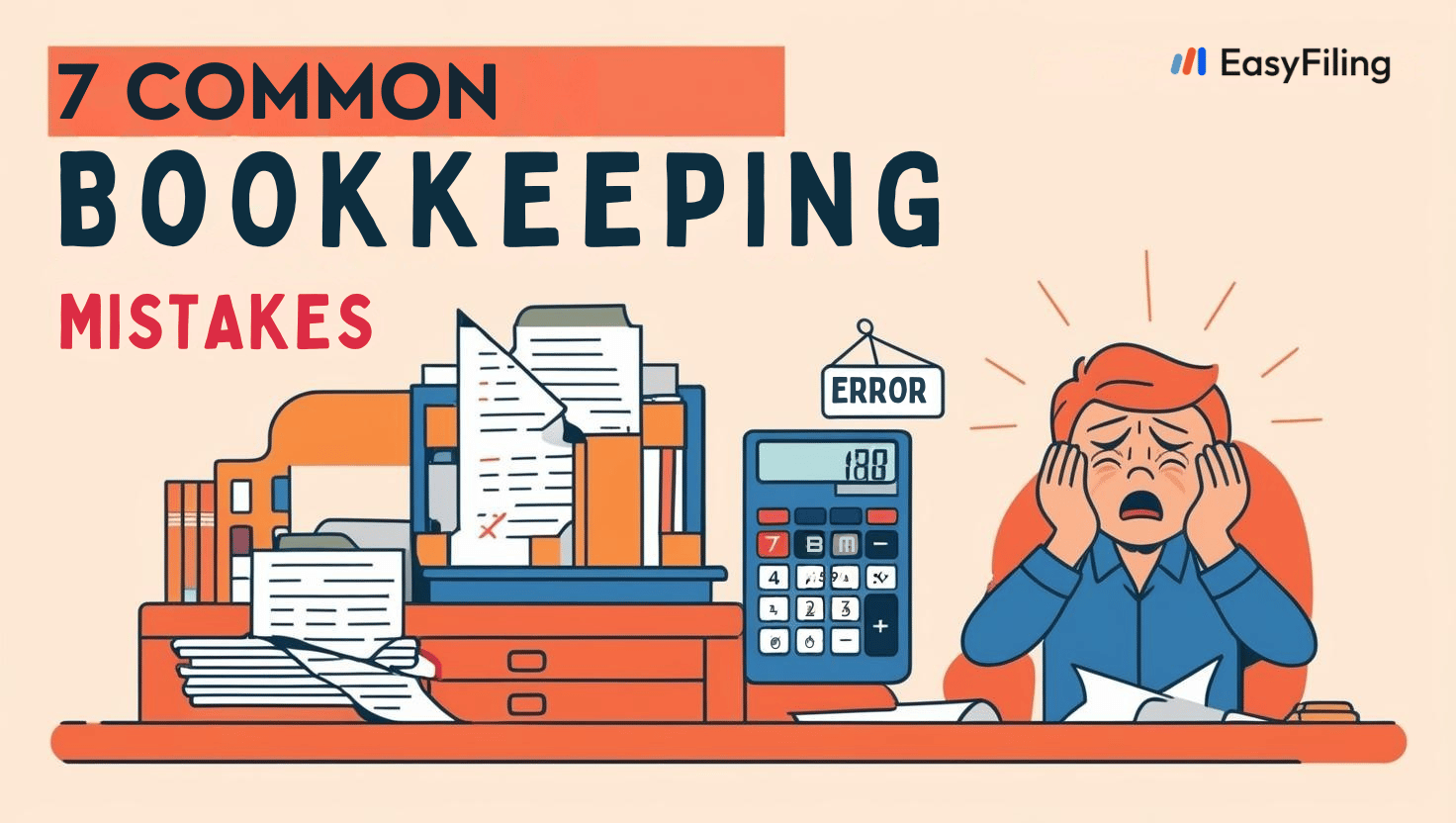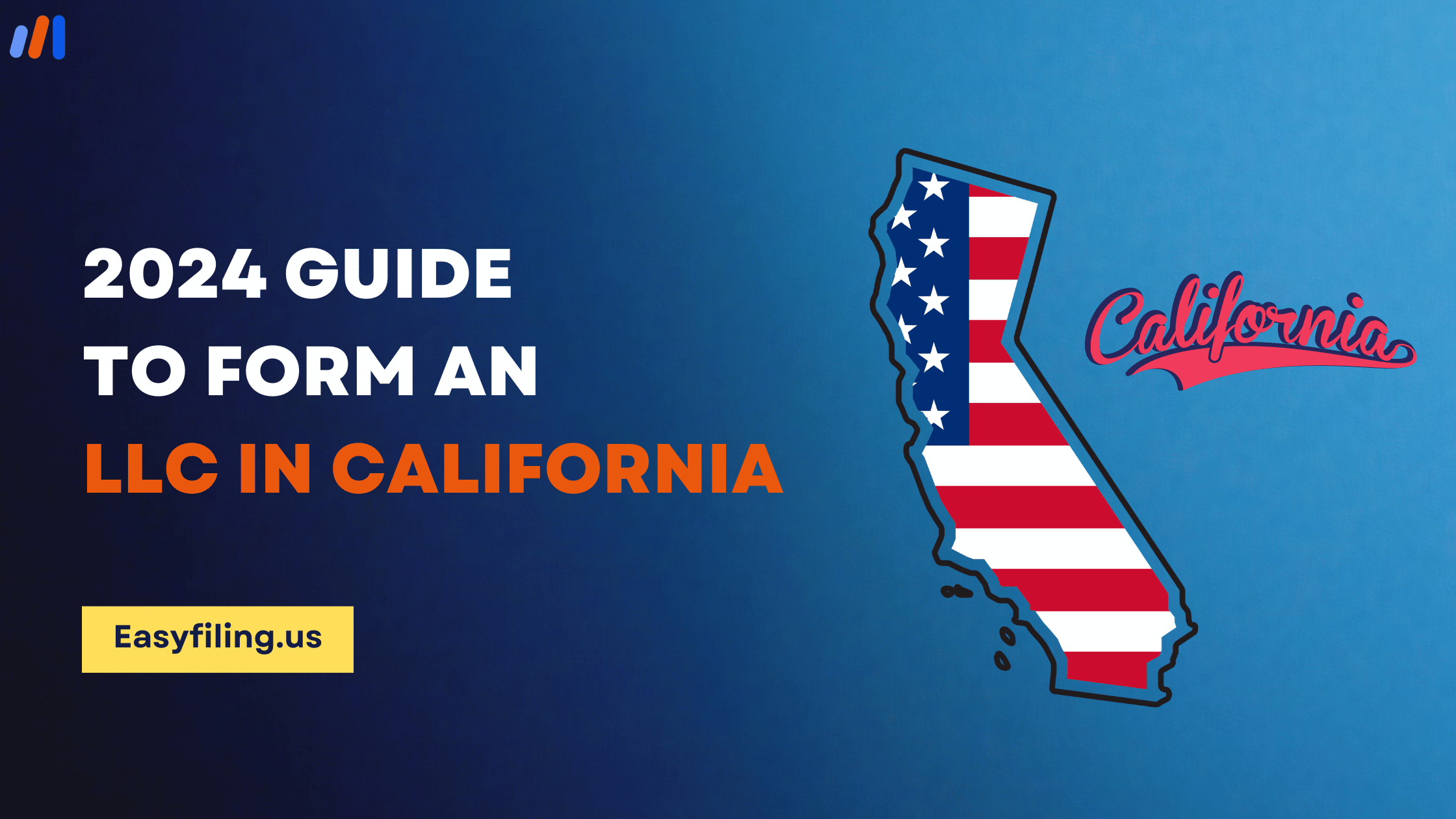Trademark registration in the USA is vital for companies and individuals wishing to secure their brand from fading away forever. Trademarks are the attributes that make goods or services giving them uniqueness amongst the many competitors in the market.
A company that has successfully registered a trademark is assured of sole use of that mark for the lifetime of the business, which comes in handy in terms of protection from competitors and boosting a company’s reputation. This process is however rather involved and way complicated as one needs to conduct an extensive background search, draft an application, and wait for exhaustive scrutiny by the designated U. S. patent and trademark office.
Knowing how trademark registration works gives one peace of mind since they understand what documents are involved. This blog will explain the trademark registration process in the USA including the time frames, requirements, and advantages that come along with the hallmark.
What is a Trademark?
A trademark is a sign capable of distinguishing the goods or services of one enterprise from those of other enterprises. It involves a word, phrase, or symbol that has been legally registered with a particular product, company, or organization; or it has been utilized and developed to represent the company or product distinctly. Trademark registration secures the trademark owner’s rights to their mark and prevents other people or similar trademark owners from using it in exchange for specific products or services.
What is the Purpose of Trademark Registration?
Protection of Rights: An exclusive right for a registered trademark is a presumption of ownership provided by law and the rights to use it nationwide.
Promote Goodwill: To promote the brand, it enhances brand image and consumer confidence.
Discouragement of Use of Similar Marks: Possibility of preventing others from registering similar trademarks.
Legal Actions: It empowers you to enforce trademark rights and commence copyright infringement proceedings in the federal courts.
Warning: Trademark registration acts as a warning to others of your right in the trademark and any rights accruing thereon.
Trademark Registration Process in the USA

Step 1: Perform a Name, Image, and Logo Search
It is crucial to first perform a comprehensive search to know whether the trademark that you intend to apply for does not exist neither owned or registered. It can be done using TESS which is the Trademark Electronic Search Service of the USPTO and is available to all the public.
Even though TESS is a strong form of primary instrument user’s discretion is encouraged to employ a trademark attorney or a professional searching firm which expands boundaries beyond TESS as TESS does not provide all the possible conflicts.
The importance of performing this step is that it will help you avoid any costs and time that may result from applying for a patent only to be turned down, or from a legal case.
Step 2: Prepare Your Trademark Application
After checking that your trademark can be registered, you should go ahead and start preparing your trademark application. This step involves being precise and gathering certain information to ensure your trademark application fully complies with USPTO’s requirements. The following key components would be required for the application:
Applicant Information: This is the full name, as well as the address of the one individual or organization who is applying for the trademark. This is in effect, proof of who will own the mark after registration.
Clear Representation of the Mark: This could be a word, but more than just a word, it could be a logo, a slogan, or even another type of symbol. If it does include elements of design, then the owner would provide an image of the trademark that is printable within the requirements of USPTO.
Description of Goods or Services: In this section, each good that is to be associated with the trademark is supposed to be specifically mentioned. This description would accord with the Nice Classification (which is an international classification system of goods and services).
Filing Basis: Your application must include whether the application filed was ‘in use in commerce’ (the mark is already in use) or is one of ‘intended use’ (there is no use of the mark but there are plans to use it). This kind of statement determines both the evidence required and the timeframe.
Step 3: Applications Should Be Filed Using TEAS
The TEAS is the Trademark Electronic Application System available on the website of the USPTO for assisting with the filing of trademarks. There are multiple types of TEAS forms offered by the USPTO that include these types:
TEAS Plus: This form’s application and registration fees are lower but more guidelines are to be followed with the USPTO including that descriptions of services and goods offered must be amongst the ones that are already on file.
TEAS Standard: This form is a general TEAS form that allows one to upload any relevant content and descriptions about the goods and services but this comes at a higher price.
Depending on the form type chosen, the fees would range from $250 to $350 per class of goods or services offered for that form type. There is room for application efficiency if the right form type is chosen according to requirements as well as the budget.
Step 4: Initial Review by a USPTO Examining Attorney
Once your application is physically lodged, it is placed in a system where a USPTO attorney assesses it within a reasonable timeframe. This preliminary assessment can take between 4 and 6 months in most cases. In the course of this review, the attorney reviews;
Compliance Based on Legal Regulations: Compliance means that all the legal standards in place have been met by the applicants. Such include the correct style and format of the application papers and whether the necessary papers were included among others.
Potential Conflicts: Checking whether there are already existing trademarks which may confuse when compared with the trademark you are trying to use. The attorney also checks that the trademark you are registering has not become a commonplace term or is a term that has not been associated with any narrative.
Step 5: Replying to Office Actions (if required)
If the examining attorney has raised any concerns about the matter at hand, he shall issue an office action. Such an office action is a write-up that summarizes the concerns or the need for further details and it gives the applicant six months within which to make their response. Office actions include but are not limited to:
Non-Substantive: These are straightforward requests regarding miscellaneous details like amending spelling mistakes or altering the name of the applicant.
Substantive: More complicated with regards to the law that considers such trademarks’ registrable subject matter as probabilities of and the likelihood of the subject matter at hand being confused with another registered trademark. It also implies the use of legal language and the formulation of the response is such that it serves the purpose. It should be noted that failure to respond within the specified period may lead to abandonment of the application and the necessity to lodge a fresh application and payment of fees.
Step 6: Notification in the Official Gazette for Opposition
In the event your application survives the initial suitability assessment, it will be published in the Official Gazette of the USPTO. This publication starts a 30-day period in which any third party who feels that the registration of a mark as applied would infringe on their existing trademark registration may file an opposition. This step serves as a notification to the registrant and the general public, informing them of the registrant’s intention and providing them with the opportunity to oppose their mark based on confusion or dilution, for example.
No Opposition: If the opposition is not lodged, the application for the trademark proceeds to the last part of the process.
Opposition Filed: In case the Notice of Opposition is lodged against an application, the application is then regarded by the TTAB. This may lead to an official litigation procedure in which both parties in the dispute provide relevant evidence and submit arguments in support of their positions. Depending on how intricate the argument is, this could delay the recognition period by many months or years.
Step 7: Final Review and Registration
In case, however, there are no oppositions or those oppositions, if any, have been determined in your favor, your trademark proceeds to the last stage which is registration. There is a small variation though on the application type regarding which phase consists of the process:
Use-Based Applications: They go straight to registration which is the final stage.
Intent-to-Use Applications: When the USPTO approves a trademark by issuing a Notice of Allowance, it gives six months for the applicant to file a Statement of Use, to demonstrate that they have actively engaged in trading under the mark. If needed, additional extensions may be requested at a supplemental cost.
Final Steps and Timeline
The last stage of this process which is review and registration usually takes about 1 to 3 months after the opposition period and hence completing the process takes 18 months from the time of applying. The moment one registers a trademark, the mark has a validity of 10 years after which, one will be required to submit maintenance documents to indicate that the mark is still in active use.
Assistance with the Trademark Registration Process
Even though it is the most useful option when growing a business, understanding how the Trademark Registration process works can sometimes be overwhelming. Consequently, it is paramount to seek out a knowledgeable representative who will explain any legal aspects in detail and answer all the related questions.
For additional guidance in regards to your trademark, the trademark filing, or any questions related to the process, get in touch with an attorney from the EasyFiling network who will assist with any queries you have and address your needs.
The EasyFiling Trademark Services combine market searching of an existing trademark with applying for a new trademark. For those who require the service to be completed in a shorter period, please inquire about the expedited filing options available from EasyFiling.
File Your LLC Today
25$ off with a coupon
Lock in EasyFiling's transparent rates and get lifetime compliance support at no extra cost.
Get Started Now








